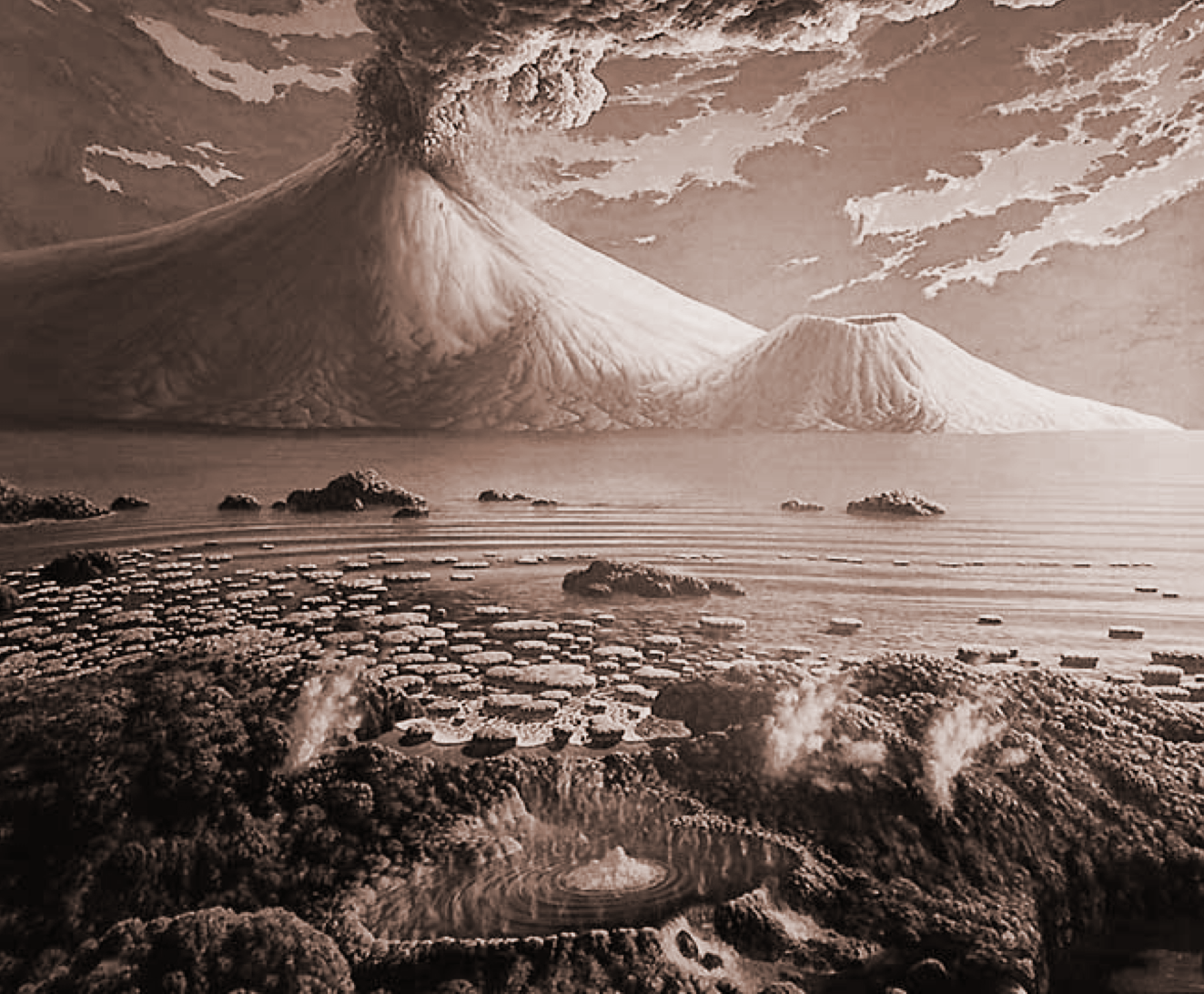The rise of dinosaurs: How diet and adaptability shaped their evolution
New research reveals how adaptability and dietary diversity drove dinosaur evolution during the Late Triassic and Early Jurassic periods.

Dinosaurs rose to dominance through adaptability and dietary diversity. (CREDIT: Craiyon)
The rise of dinosaurs is one of evolution's most intriguing success stories. Emerging in the mid-Triassic period, their journey to dominance spanned millions of years, marked by environmental upheavals and the decline of rival species.
While the fossil record offers tantalizing clues, key questions about how these creatures became the ruling class of terrestrial ecosystems remain.
Research by an international team of scientists has illuminated part of this mystery. By analyzing fossilized remains from Poland’s Late Triassic and earliest Jurassic ecosystems, the team has reconstructed ancient food webs, revealing the ecological and evolutionary dynamics that shaped dinosaur dominance.
The Evolutionary Scene: A 30-Million-Year Transformation
Dinosaurs first appeared during the Triassic period, roughly 230 million years ago, but it wasn’t until the Early Jurassic, 30 million years later, that they began to dominate terrestrial ecosystems.
During this interval, many non-dinosaur tetrapods, such as temnospondyl amphibians and pseudosuchians, vanished. This extinction event set the stage for dinosaurs to ascend, though the mechanisms driving their success remain debated.
Two main theories offer contrasting explanations. The "competitive replacement" model posits that dinosaurs outperformed their rivals due to superior adaptations like efficient physiologies and diverse feeding strategies.
The "opportunistic replacement" model emphasizes stochastic events, suggesting dinosaurs capitalized on ecological niches left vacant by mass extinctions.
Despite ongoing debates, recent advances in chronostratigraphy and paleobiology have enriched our understanding of this period. Yet, no single hypothesis fully explains how dinosaurs established their evolutionary dynasty.
Related Stories
Poland’s fossil-rich landscapes provide snapshots of five key stages in early dinosaur evolution. These assemblages, spanning millions of years, offer invaluable insights:
- Krasiejów-Woźniki Biota (mid-late Carnian): Dinosauriforms, the precursors to dinosaurs, played minor ecological roles.
- Poręba-Kocury Biota (mid-late Norian): Early predatory dinosaurs began diversifying.
- Lisowice-Marciszów Biota (late Norian-early Rhaetian): Dinosaurs assumed moderate ecological significance.
- Gromadzice-Rzuchów Biota (mid-late Rhaetian): Large herbivorous sauropodomorphs made their debut.
- Sołtyków-Hucisko Biota (latest Rhaetian-early Hettangian): Saurischian and ornithischian dinosaurs dominated.
These assemblages capture critical transitions in ecosystem dynamics, shedding light on the interplay between dinosaurs, their competitors, and environmental changes.
Detective Work with Fossilized Remains
To unravel these ancient ecosystems, researchers employed cutting-edge methods like synchrotron microtomography to analyze over 500 bromalites—fossilized feces, vomit, and digestive traces. This approach allowed them to reconstruct trophic structures, revealing what animals ate and how they interacted within their environments.
“The way to understand the biology of early dinosaurs is through their dietary preferences,” explained Grzegorz Niedźwiedzki, one of the study’s lead researchers. “There were many surprising discoveries along the way.”
The findings showed an intricate web of interactions. Carnivorous dinosaurs consumed fish, insects, and other vertebrates, while herbivorous sauropodomorphs relied on tree ferns, other plants, and even charcoal, possibly to detoxify their diets.
“Piecing together ‘who ate whom’ in the past is true detective work,” said Martin Qvarnström, another lead researcher. “Understanding what animals ate and how they interacted helps us comprehend the factors behind dinosaurs’ success.”
The Role of Environmental Change
The team also investigated how climate and environmental changes influenced these transitions. During the Late Triassic, Earth's climate fluctuated dramatically, causing significant floral and faunal turnovers. These shifts likely played a crucial role in shaping dinosaur evolution.
In Poland’s fossil record, these environmental changes aligned with shifts in ecosystem structures. For example, the emergence of large herbivorous dinosaurs coincided with a decline in competing herbivores and the appearance of new plant types, indicating an adaptive response to changing conditions.


The research underscores adaptability as a cornerstone of dinosaur success. Early herbivorous dinosaurs, for instance, diversified their diets to survive in fluctuating environments, a trait that likely contributed to their evolutionary longevity.
“Climate change and mass extinctions are not just a thing of the past,” Qvarnström noted. “By studying these ancient ecosystems, we gain valuable insights into how life adapts to changing conditions.”
The findings also suggest that dietary diversity was a crucial survival trait. Early dinosaurs’ ability to exploit a wide range of food resources allowed them to thrive amidst ecological upheavals.
A Five-Step Model for Dinosaur Evolution
Drawing from decades of research, the team proposed a five-step model to explain the rise of dinosaurs. This model integrates fossil data, climate records, and ecological analyses to trace global patterns in dinosaur evolution.
The researchers believe it provides a framework for understanding the interplay between extinction events, ecological opportunities, and evolutionary innovation.
While these discoveries deepen our understanding of the past, they also hold relevance for the present. Modern ecosystems face challenges similar to those of the Triassic period, including climate change and biodiversity loss. The ability of species to adapt to such changes could determine their survival, much like it did for early dinosaurs.
As Niedźwiedzki concluded, “The reason for their evolutionary success is a true love of green and fresh plant shoots. Adaptability is the ultimate key to avoiding extinction.”
Note: Materials provided above by The Brighter Side of News. Content may be edited for style and length.
Like these kind of feel good stories? Get The Brighter Side of News' newsletter.



